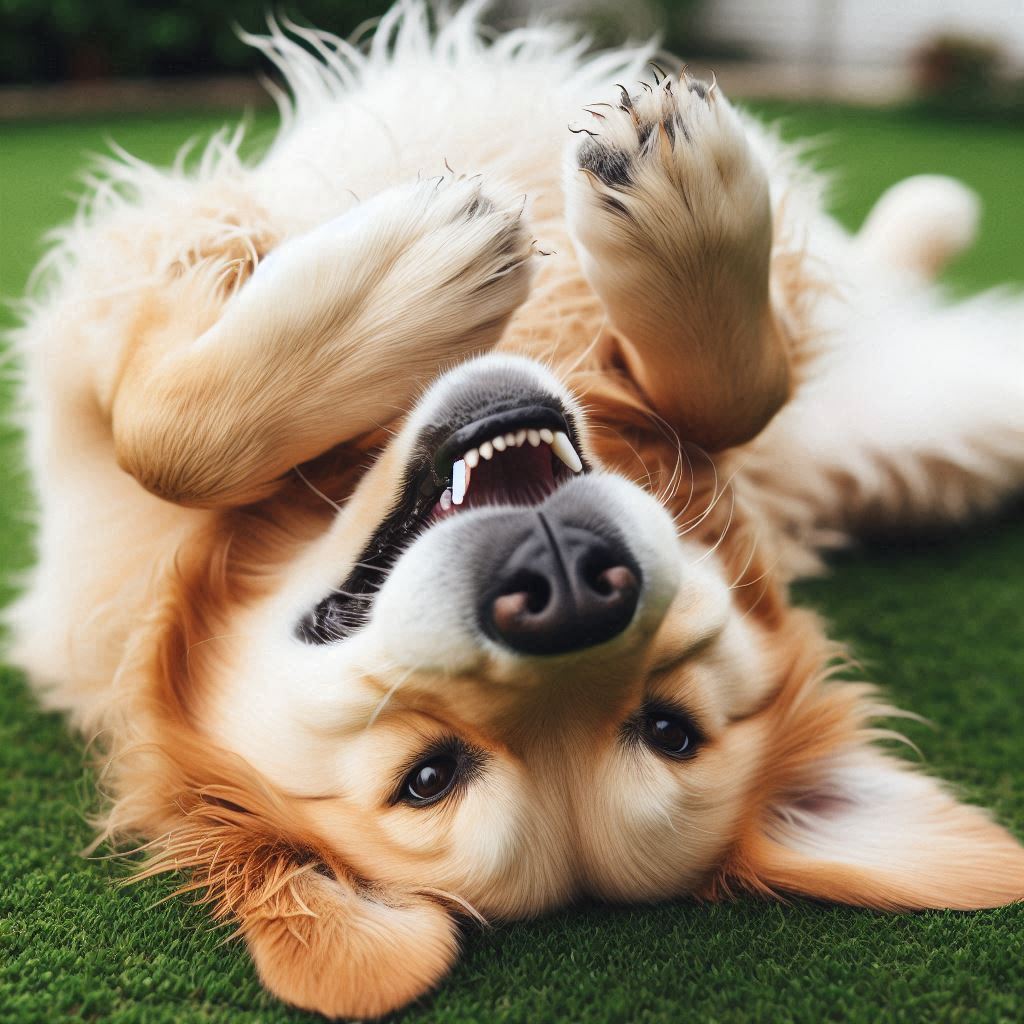Dogs exhibit various behaviors that might seem curious to humans, including rolling around and rubbing their face on the ground. While these actions might appear random, they often serve specific purposes rooted in dog instincts and behaviors. Understanding why dogs engage in these behaviors can offer insights into their well-being and help pet owners respond appropriately. Let’s delve into the reasons behind these actions and what they signify.

Scent Marking:
- Dogs leaving their mark: In the wild, dogs roll on objects or the ground to leave their scent. This behavior serves as a way of marking their territory or communicating with other animals. Even domesticated dogs might retain this instinct, especially intact males.
- Picking up interesting smells: Dogs possess a remarkable sense of smell, and rolling allows them to immerse themselves in captivating scents encountered during walks. It’s akin to olfactory enrichment, stimulating their senses and providing mental stimulation.
Physical Relief:
- Itchy relief: Rolling on the ground can provide temporary relief for dogs experiencing itchiness on their face or body. By rubbing against the rough surface, they can alleviate discomfort, similar to how humans might scratch an itch with their hands.
- Happy expression: Sometimes, rolling in the dirt or grass is simply a manifestation of joy and excitement for dogs. They may exhibit this behavior after a bath or an exhilarating romp in the park, expressing their contentment through playful actions.
Attention Seeking:
- Learned behavior: Dogs may repeat rolling around if they find that it elicits a reaction from their owners, such as receiving attention or concern. Pet owners should be mindful of their responses to avoid inadvertently reinforcing this behavior, especially if it becomes disruptive.
Understanding the Context:
- Body language cues: Observing a dog’s body language before, during, and after rolling can provide insights into their motivations. A wagging tail and relaxed posture often indicate a playful exploration of scents, while signs of itchiness or discomfort may suggest underlying issues.
- Location and frequency: Pay attention to where and how often your dog engages in rolling behavior. Excessive rolling, particularly on rough surfaces, could signal skin irritation, allergies, or other health concerns.
When to Worry:
- Excessive rolling: If your dog engages in frequent rolling, especially if accompanied by signs of agitation or discomfort, consulting a veterinarian is advisable. This behavior could be indicative of underlying skin problems, allergies, or parasitic infestations.
- Injury risk: Rolling on rough surfaces carries the risk of abrasions or wounds. If you notice any injuries following a rolling session, promptly clean and disinfect them to prevent infection and ensure proper healing.
Conclusion:
Rolling around and facial rubbing are natural behaviors for dogs, influenced by a combination of instincts, physical sensations, and environmental stimuli. By understanding the motivations behind these actions and interpreting their body language, pet owners can foster their dogs’ well-being and address any potential issues promptly. With attentive care and observation, playful rolls can remain enjoyable experiences for dogs without evolving into problematic behaviors or health concerns.
